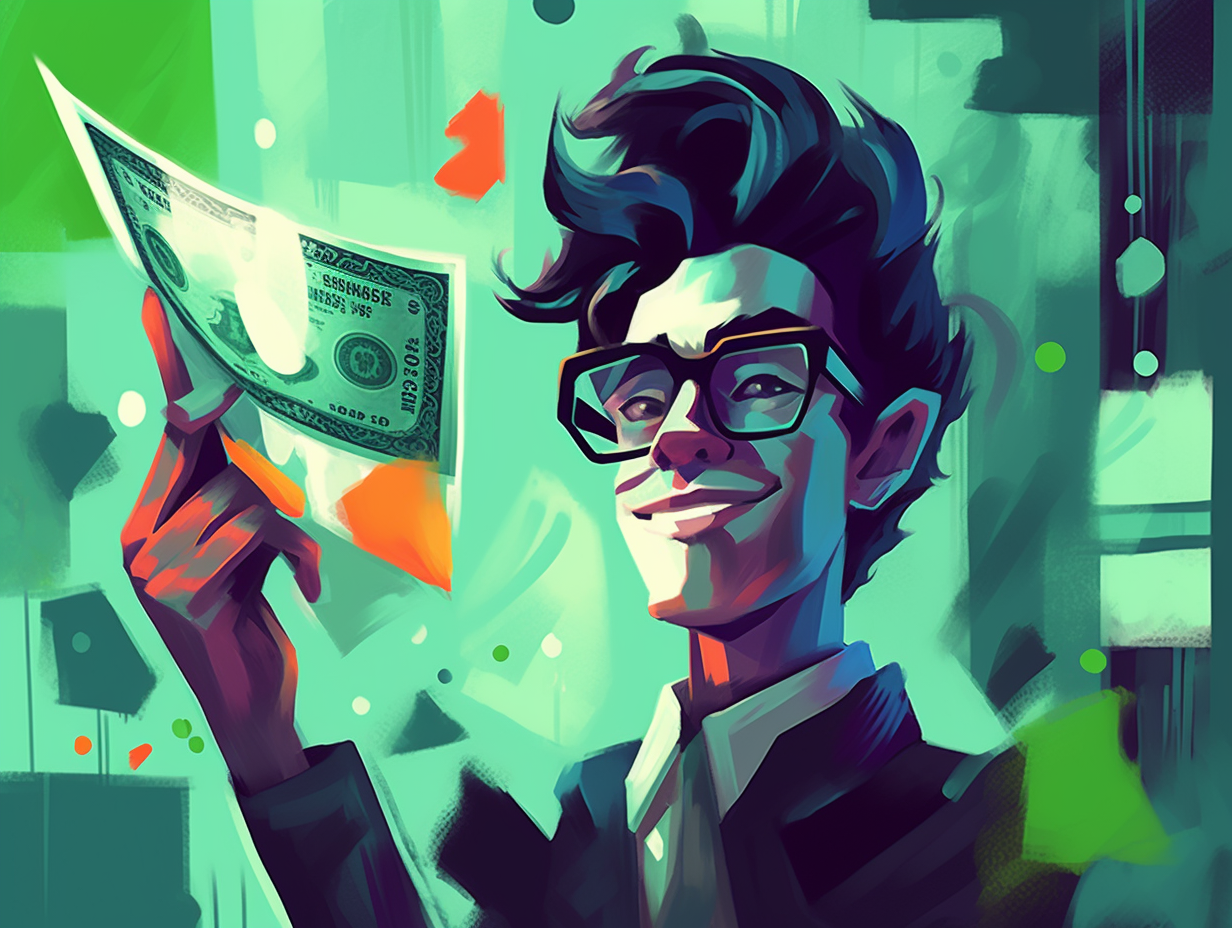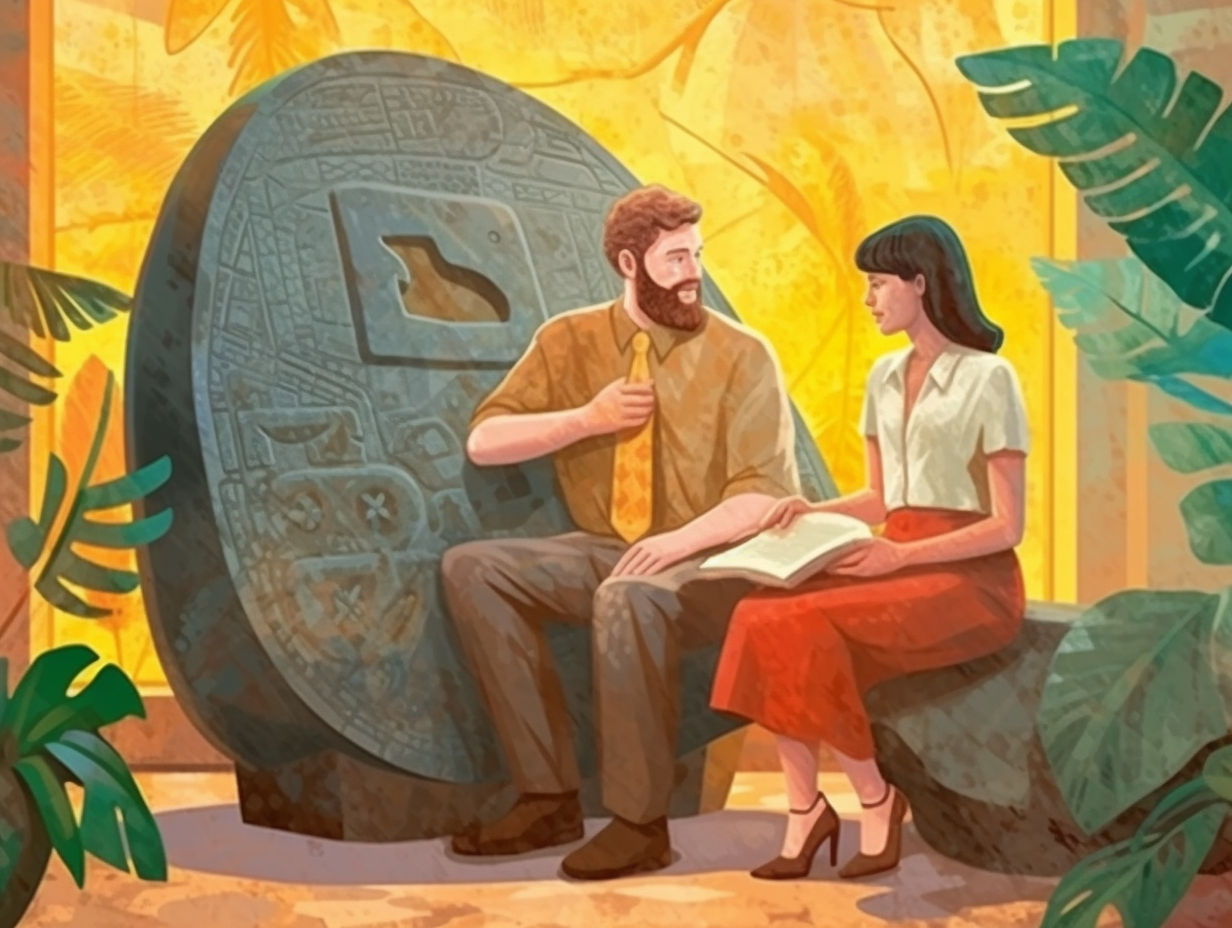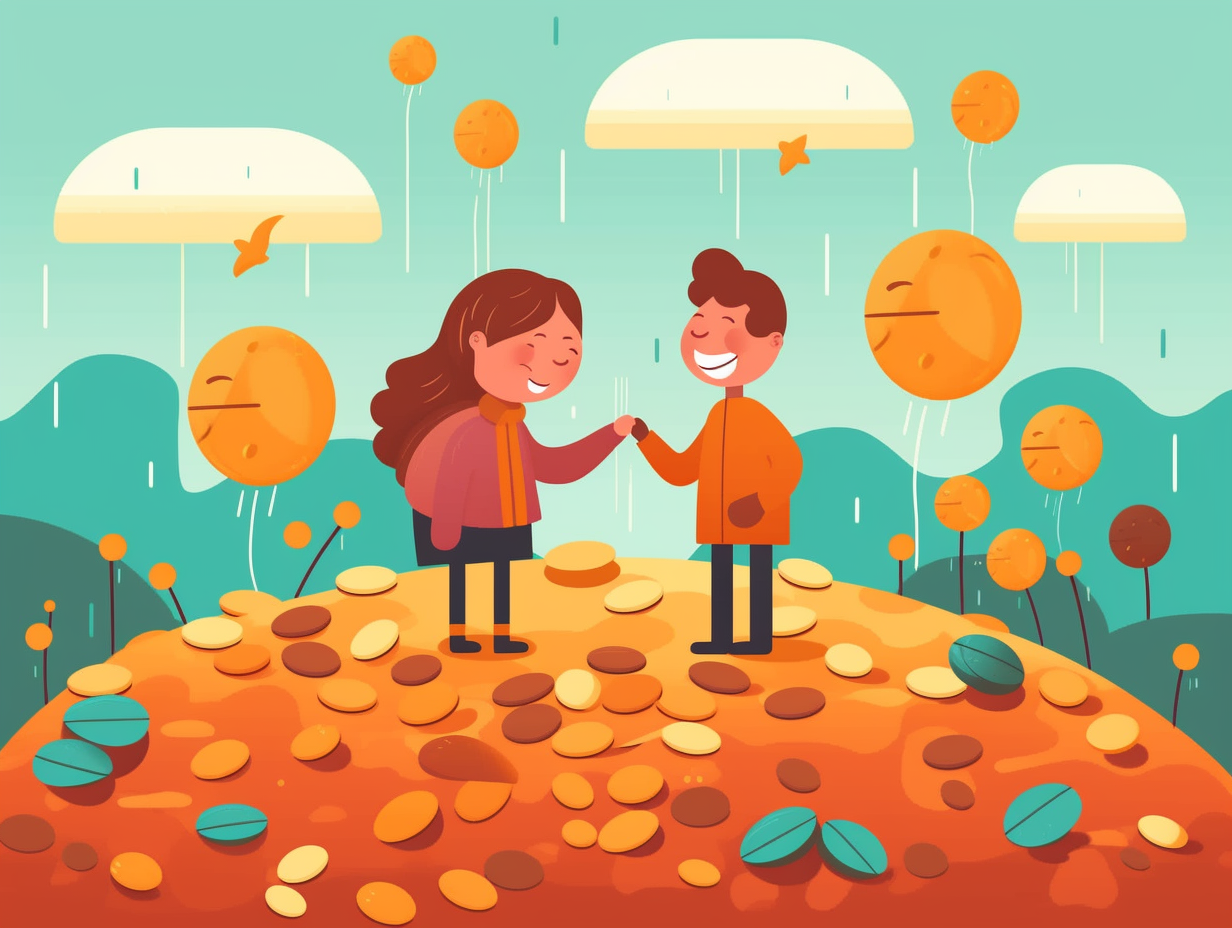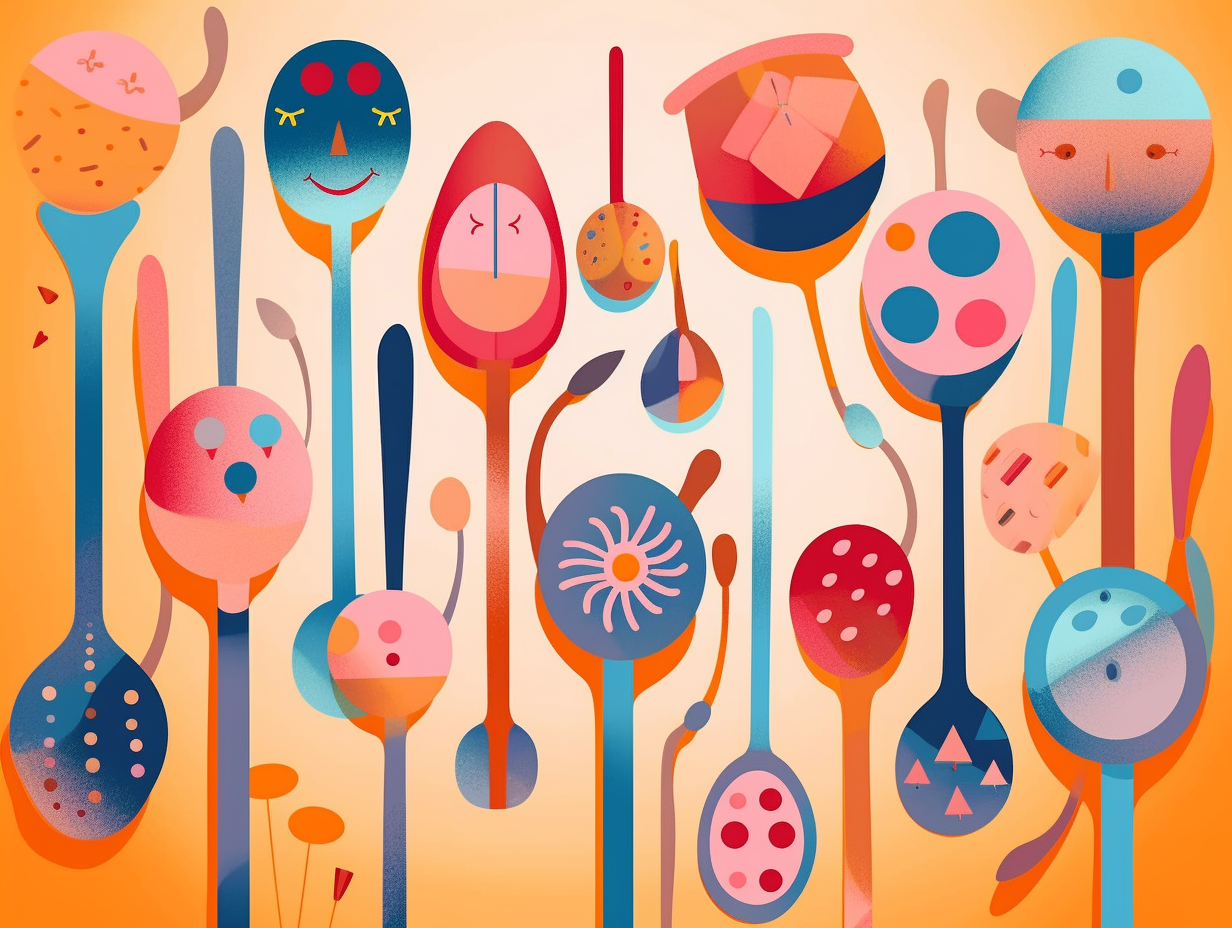Discover 9 Fascinating Facts About the Dollar Bill That Will Blow Your Mind

1. Unfinished Masterpiece
Whoever said "never leave a job half-done" clearly never met Gilbert Stuart, because his unfinished masterpiece still made it to primetime: George Washington's face on the one-dollar bill is based on an incomplete portrait by Stuart—the famed Athenaeum portrait—yet it became the foundation for countless Washington portraits and the engraving on the dollar bill since the early 1900s.
Source => artsy.net
2. Kermit's Green Cousins
Ever wonder why Kermit the Frog and the US dollar bill share the same vibrant wardrobe? Well, they might have different reasons for wearing green, but they sure know how to pull it off: The green color of the US currency was chosen for its readily available and highly resistant pigment, as well as its psychological association with strength and stability. This ingenuous choice dates back to the mid-1800s when special colored ink prevented fraudulent erasing and reprinting of higher denomination bills, with Benjamin Franklin even using complex leaf prints on banknotes to deter counterfeiting during the eighteenth century.
Source => medium.com

Did you know the first metal coins were made from electrum, a natural alloy of gold and silver? Discover how ancient Greeks and Lydians rocked the world of metallic alchemy and shaped the future of currency!
=> Fun Facts about Coins
3. Dollar Bill Origami
In an age when folding laundry seems passé, it might be time to try your hand at monetary origami: The 6-pointed money origami star, also known as the Star of David, is a nifty creation crafted from just one dollar bill. What's not to love when "God We Trust" makes a divine appearance in the very center of this quirky masterpiece?
Source => homemade-gifts-made-easy.com
4. Superhero Money
Ever made a rookie laundry mistake and found soggy dollars in the washer? Fear not, my detergent-drenched friends – those bits of green might just be salvageable superheroes: Dollar bills are made of sturdy rag fibers, which not only grant them water-resistant talents but also make them tough enough to survive general wear and tear, outliving regular paper any day. Wink goodbye to that pesky washing machine and its determination to turn your bills into laundered confetti.
Source => money.howstuffworks.com

5. Hidden Treasure Maps
In an artistic twist that could make even Hollywood jealous, the dollar bill stars in its very own hidden treasure map of tiny security circles: the EURion Constellation. However, much like the fake pirate maps from our childhood, this clever pattern doesn't entirely stop counterfeiters, as most color photocopiers can still replicate the bill without any hiccups. So, while the EURion Constellation may have a cunning cameo on our currency, it's not quite the Oscar-winning defense against forgery we may have hoped for.
Source => people.duke.edu
6. Movie Money Magic
Even in the make-believe world of movies and TV shows, creating that perfect illusion of wealth isn't all fun(ny) money: Producing a convincing dollar bill prop that doesn't ruffle the feathers of the US Secret Service requires either using standard or high-grade bills, with the latter being printed on just one side, or resorting to real stacks of cold, hard cash.
Source => insider.com
7. Illumi-not-i
Contrary to the conspiracy theory claiming a secret Illuminati agenda, the back of the trusty dollar bill is less "mystery wrapped in a riddle inside an enigma" and more an American history lesson with a dash of ancient wonder: The pyramid symbolizes the idea of a nation built to last, like the pyramids of Egypt, with the Eye of Providence serving as a emblem of God's watchful presence and "new order" referring to the birth of the United States and FDR's New Deal. So maybe Dan Brown can finally rest easy!
Source => marketplace.org
8. Currency Clothing Blend
It's a money laundering scheme that works: making dollar bills out of clothes! Well, sort of: U.S. currency is actually made from a unique blend of 75 percent cotton and 25 percent linen, resulting in a durable and long-lasting bill that can withstand approximately 4,000 double folds before giving way to tears.
Source => bep.gov
9. Pocket Change Production
You might say we're being short-changed by our own currency: The cost of producing a $1 note is a measly 2.8 cents, while the $100 note manages to squeeze by at a whopping 8.6 cents, as revealed by the Federal Reserve Board's 2023 Currency Budget. These expenses include the nitty-gritty details like paper, ink, labor, and direct overhead costs – and you thought making money was a serious business!
Source => federalreserve.gov






